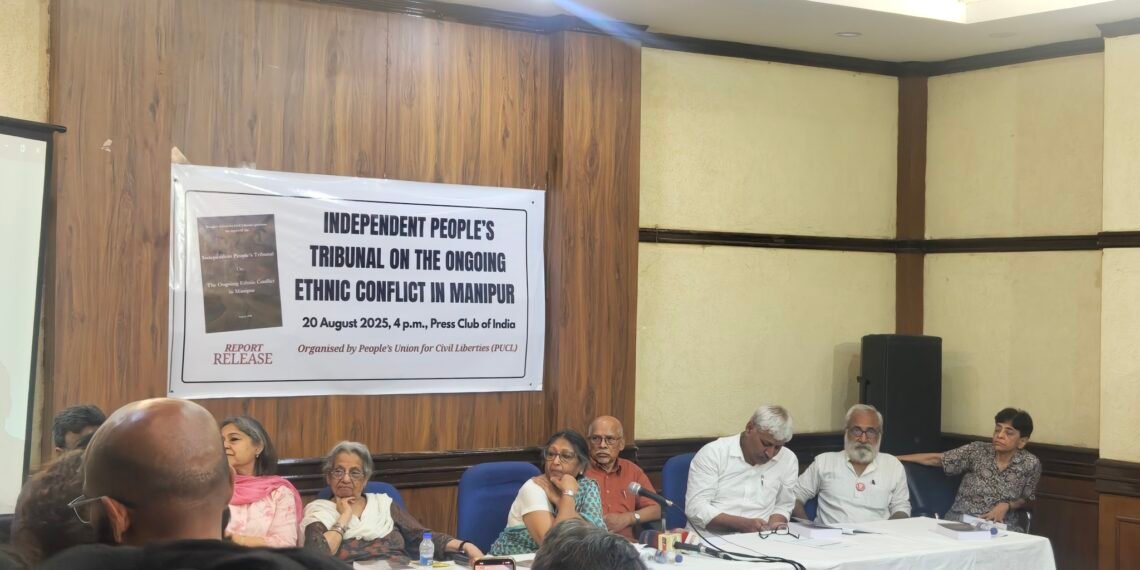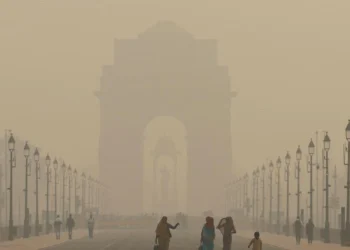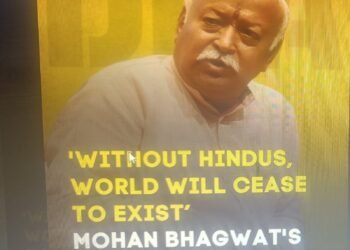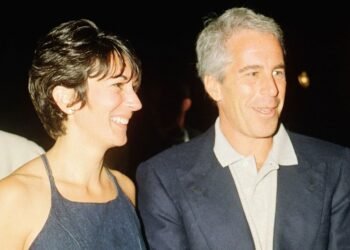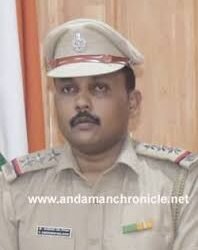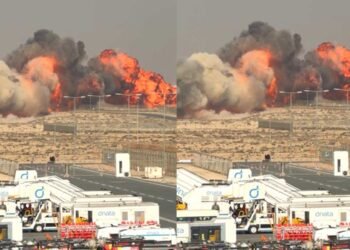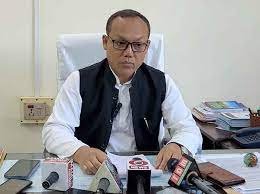PUCL tribunal recorded Survivors’ testimonies that point to the role of vigilante groups, security lapses, and possible political patronage in the May 3, 2023, Manipur ethnic clashes.
By Navin Upadhyay
New Delhi, August 20 — A year after Manipur was engulfed in unprecedented ethnic violence, a new fact-finding report by the People’s Union for Civil Liberties (PUCL) has challenged the mainstream narrative that the bloodshed on May 3, 2023, was merely a “spontaneous” fallout of the Manipur High Court’s order recommending Scheduled Tribe (ST) status for the Meitei community.
Drawing on testimonies of survivors, victims’ families, and eyewitnesses from across the state, the report—Independent People’s tribunal on the ongoing Ethnic conflict in Manipur— reveals consistent patterns that suggest the violence was neither sudden nor accidental. Instead, it points to a build-up of hostility through orchestrated campaigns, deliberate positioning of armed groups, and failures—or possible complicity—on the part of the state machinery.
A Spontaneous Protest — Or a Pre-Planned Spark?
The dominant media narrative has long maintained that clashes broke out spontaneously when a “solidarity march” by tribal groups opposing the HC order turned violent. But the PUCL report poses a troubling counter-question:
Was the violence of May 3 simply a reaction to the court order—or the culmination of long-nurtured ethnic hostility, systematically stoked through media and social campaigns in the days leading up to the protests?
Eyewitnesses cited in the report described inflammatory rhetoric in local print, television, and online platforms, portraying the solidarity march as a “direct threat” to Meitei interests. Survivors from Churachandpur and Imphal alleged that rumours and hate messages were circulated days in advance, warning residents to “prepare for battle.”
READ: Biren Singh Tape: CFSL Made Mockery of Forensic Protocols
The Tribunal documents the origins, nature, and consequences of the devastating violence that began on May 3, 2023, between the Meitei and Kuki-Zo communities.
It identifies the roots of the conflict in deep-seated ethnic divisions, socio-political marginalisation, land disputes, and provocative state actions—including the Manipur High Court’s directive on Meitei ST status. Tribal groups perceived the order as an existential threat, and their protests were met with violent counter-mobilisation.
The tribunal emphasizes that the violence was not spontaneous but orchestrated—enabled by armed Meitei vigilante groups like Arambai Tenggol (AT) and Meitei Leepun (ML), and facilitated by state complicity and law enforcement failures.
PUCL Panel Seeks SC-Monitored Probe into Manipur Violence https://t.co/KK6vpYT83p @kavisriv @VSuresh_Rights #ManipurViolence #PUCLReport#SupremeCourtProbe #JusticeForManipur#ConstitutionalFailure #HumanRights
— POWER CORRIDORS (@power_corridors) August 20, 2025
Its findings include evidence of:
- Targeted killings, destruction of homes and places of worship
- Sexual violence and widespread displacement of more than 60,000 people
- Emergence of ethnic enclaves and forced segregation
- Mass looting of weapons from police armouries
- The breakdown of governance, law enforcement, and judicial accountability
Relief efforts, the report adds, were marred by discrimination and neglect, particularly in tribal camps. Displaced persons—especially women, children, and the elderly—continue to suffer severe health and psychological trauma. Meanwhile, large sections of the media and civil society were accused of acting in a partisan manner, spreading misinformation and inflaming hostilities rather than fostering peace.
Armed Groups at Flashpoints
Testimonies in the report point to the presence of AT and ML at key protest sites on May 3. Survivors said these groups were not mere bystanders but appeared “organised, armed, and ready,” directing mobs and marking houses for attack.
This raises a central question: Did AT and ML plan in advance to exploit the protests, deliberately stationing themselves at flashpoints to provoke and escalate violence?
Several survivors also claimed that these groups moved alongside police contingents—fueling suspicions of collusion.
Security Lapses and Political Questions
One of the report’s most striking observations concerns timing. It asks: Why were state-wide tribal protests permitted on the very day the Vice-President of India was scheduled to visit Manipur—an event that usually demands extraordinary security restrictions?
READ: Manipur: Tribal Body Warns of Action After Buffer Zone Breach
The contradiction, the report notes, points “either to a shocking lapse in judgment by the state government, or to a deliberate enabling of conditions in which violence could erupt.”
The report also raises direct questions about political patronage. It cites allegations that AT and ML enjoyed tacit support from then Chief Minister N. Biren Singh. Testimonies describe their open presence during the looting of police armouries—without any attempt by security forces to intervene.
Ethnicisation of Security Forces
A deeply troubling aspect flagged by the tribunal is the “ethnicisation” of state security forces. Survivors alleged that the police, Manipur Rifles, and commandos acted differently depending on whether victims were Meitei, Kuki-Zo, or Naga.
For Kuki-Zo witnesses, police often appeared “absent or indifferent” when mobs attacked homes, churches, or relief camps. In some cases, eyewitnesses said personnel directly aided attackers.
This selective response, the report warns, “compromised the neutrality of state institutions and undermined the possibility of quick containment.”
Why Was the Violence Not Contained?
Given Manipur’s long history of insurgency and its heavily militarised environment, many observers have asked why the police and paramilitary did not contain the violence swiftly. PUCL echoes this concern: Were security forces instructed to remain passive—or even complicit—in the attacks?
Survivors recalled instances where commandos stood by as mobs torched neighbourhoods, or where looted weapons were openly used without consequence.
Beyond the Official Narrative
The PUCL report thus challenges the comfort of simple explanations. It suggests the May 3 violence was not an accidental eruption but a culmination of long-simmering hostility, political patronage of militant groups, and failures at the highest levels of governance.
“The persistence of impunity for armed groups, the lack of accountability for police inaction, and the silences of the political leadership point to an environment where violence was not just allowed, but enabled,” the report concludes.


